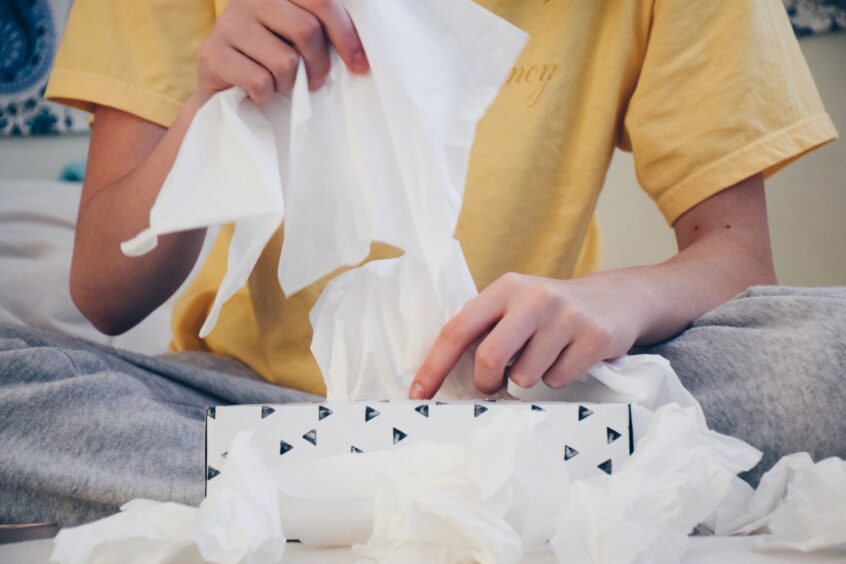To the naked eye, your house seems clean. Still, you cough, sneeze, and sleep poorly. Sometimes, you wake up with red and irritated eyes—what’s the deal? The answer could be borderline invisible allergens floating in the air of your home. With over 50 million people in America suffering each year, allergies have become the 6th leading cause of chronic illness in the United States.
The most common airborne allergens cause an illness known as rhinitis. There are several kinds of rhinitis, but many are caused by allergens in the air. Those allergens trigger the release of histamine in the body, leading to nasal congestion, a runny nose, sneezing, inflammation, and fluid buildup in the nasal passages, sinuses, and eyelids—among other unpleasant symptoms. Additionally, people with asthma are at an even higher risk of rhinitis. So, what kinds of allergens cause rhinitis?
Pollen Allergens
Pollen grains are minuscule “seeds” dispersed by a variety of plant life. The amount of pollen in the air is dependent on the season and geographic region, with higher pollen counts common during the warmer seasons. It is important to note that some plants pollinate year-round.
Insects and Dust Mites
It’s not pleasant to think about but the saliva, dried feces, scales, and wings of cockroaches, flies, and even caterpillars can trigger allergic reactions once they become airborne.
The most common source of airborne insect allergens is dust mites. Dust mites are microscopic insects found in humid areas like furniture, carpets, and bedding. When the mite allergens are disturbed, they can become airborne. Some more serious reactions can occur, including asthmatic symptoms, allergic rhinitis, or even an eczema flare.
Mold
The fungal spores released by mold float in the air and can be found everywhere, both outside and inside. If you’re in the vicinity of mold, then it’s likely that the air containing these particles is being inhaled. Those with a sensitized immune system may develop allergies or asthma-like symptoms when inhaling too many fungal spores. It can get exceedingly more serious when someone with a direct allergic reaction to fungal spores inhales them.
Animal Dander
The proteins present in the skin flakes, saliva, and urine of pets like dogs and cats can trigger allergy symptoms. Our pet pals also frequently drag in other allergens from the outdoors, like pollen, leading to an allergic reaction that is not from the pet itself.
Improving Indoor Air Quality
Over time, your air ducts collect a significant number of debris and particulates composed of the allergens listed above, causing the air you breathe to be compromised. If you think any of these airborne contaminants are in your home or are suffering from any of these symptoms, air duct cleaning may help.
Pure Breathing Solutions also specializes in HEPA cleaning of high traffic areas or HEPA particle cleaning that will keep allergens out of your home. Contact Pure Breathing for professional air diagnosis and cleaning of your home system today!
